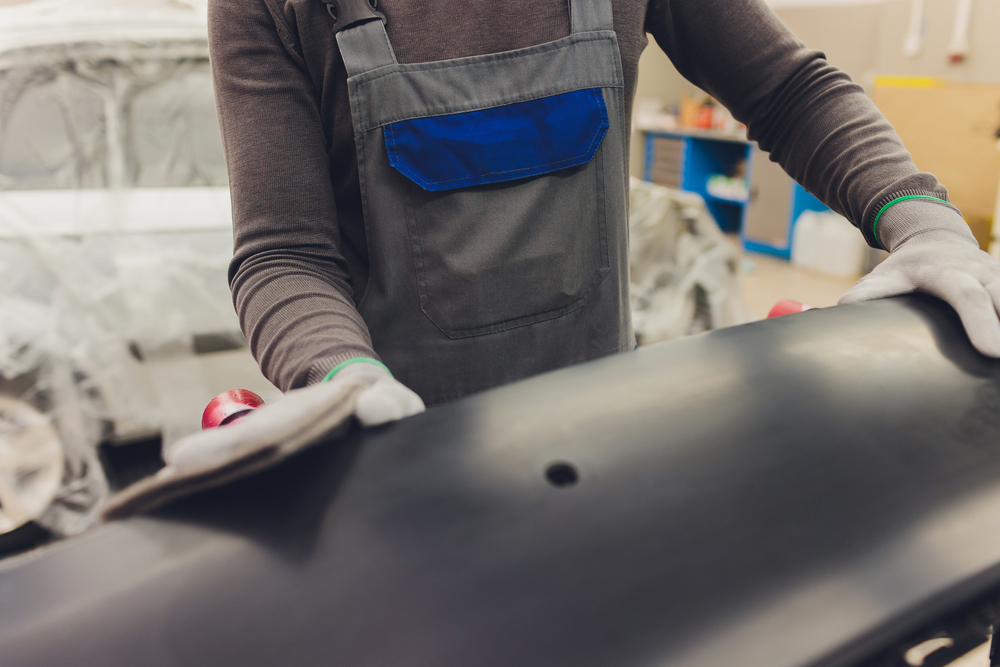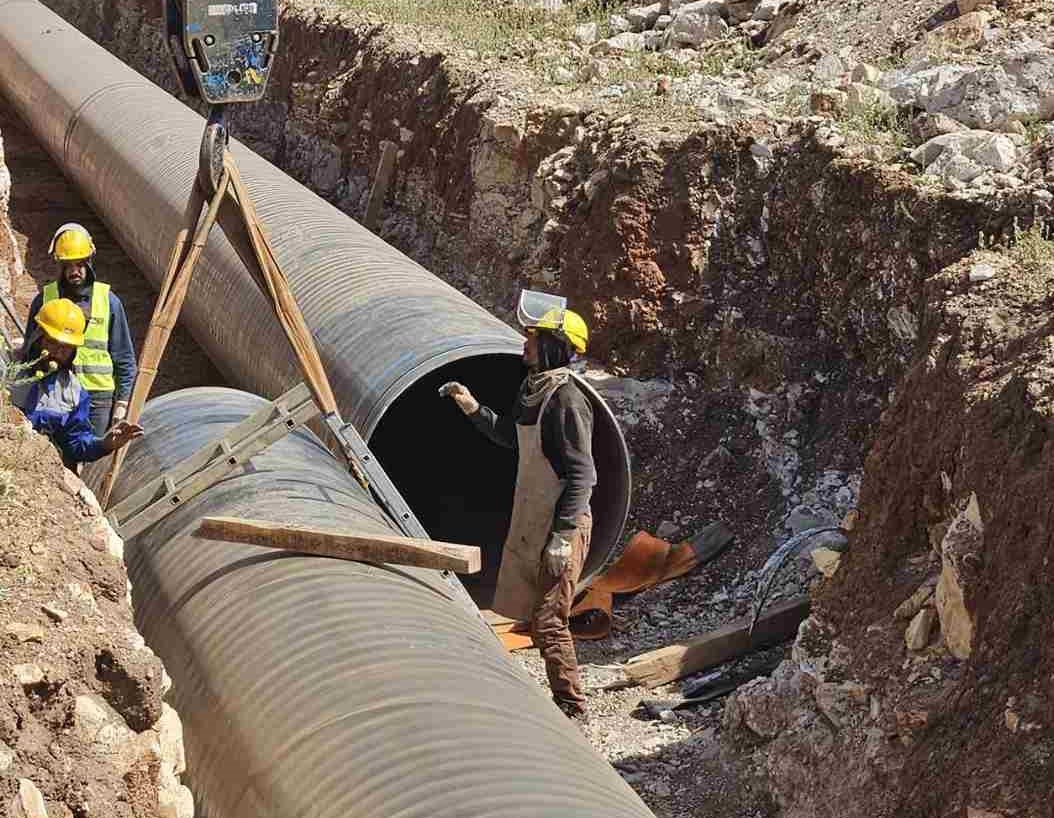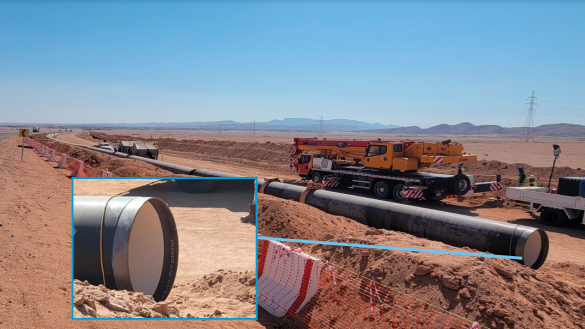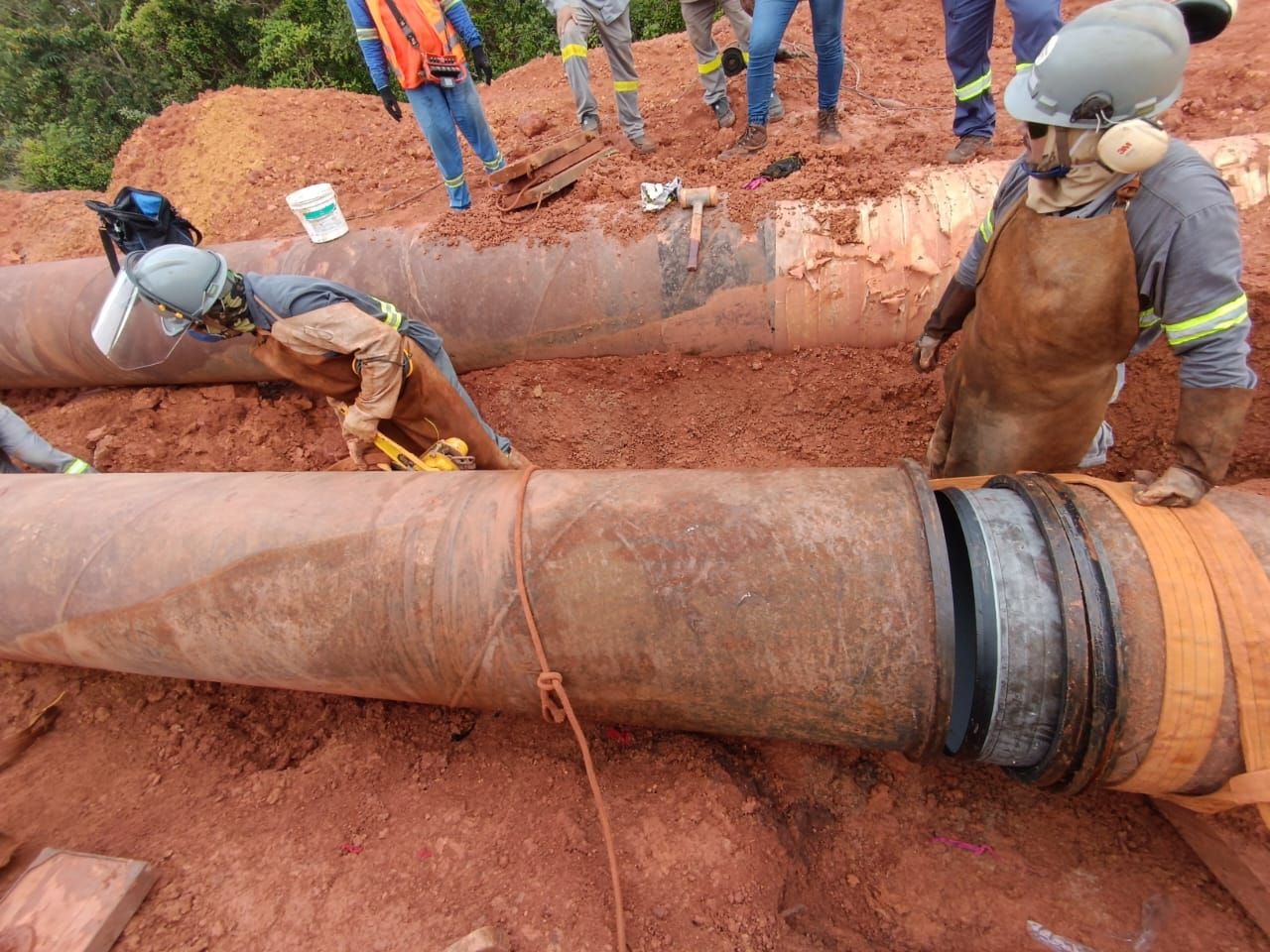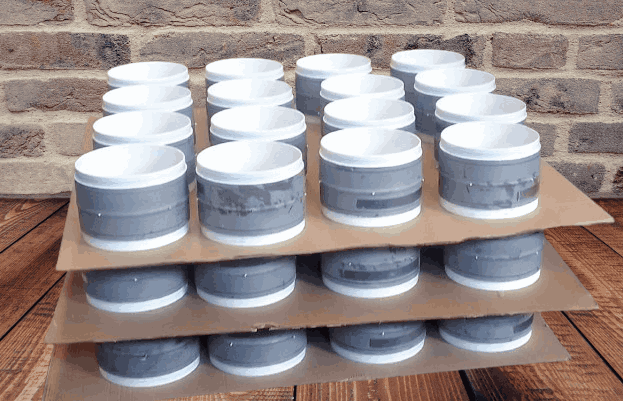A steel frame will last longer and cost less to maintain if it has protection against corrosion. Before erection, structural steel must be painted, zinced, bituminized, or covered. Dry surfaces cleaned of loose mill scale, loose rust, weld slag flux deposit, dirt, and other foreign matter will be protected thoroughly and evenly.
Industrial coatings can protect structural steel from salts, humidity, and pollutants. Consider life-cycle cost. An extra few percent spent initially can extend re-coat time by twenty or thirty years, saving re-coat and disruption costs.
This is the place to learn about steel structures’ corrosion-resistant protective layer. This blog will discuss structure steel ID pipe coating importance, application, and benefits of ID pipe coating.
Structural Steel Rusting
Structure steel corrosion is an electrochemical process that requires oxygen and moisture to be simultaneously present. Pipeline corrosion won’t happen if neither is present. Rust is created when the iron in steel is oxidized, taking up roughly six times as much space as the original material. This is an illustration of the general corrosion process.
Localized corrosion can take many different forms, including bimetallic corrosion, pitting corrosion, and crevice corrosion, in addition to general corrosion. For structural steelwork, these typically don’t matter.
The duration of wetness and the level of air pollution near the structure are the two main variables that affect how quickly the corrosion process develops. Because of variances in air settings, corrosion rate statistics cannot be generalized.
Nevertheless, environmental conditions can be generally categorized, and the related recorded steel corrosion rates offer a helpful hint as to the expected corrosion rates.
ID Coating Process
Various techniques can be used to complete the ID coating process based on the desired coating material, the needs of the application, and industry norms. Hot-dip galvanizing and electroplating are two frequently used methods for ID coating.
Hot-Dip Galvanizing
ID coating structural steel components with hot-dip galvanizing are standard. It involves immersing steel parts or pipelines in molten zinc at 815–850 degrees Fahrenheit (435–455 degrees Celsius). Steps are taken:
Surface Prep
The steel surfaces must be thoroughly cleaned and prepared before coating. Remove oil, grease, dirt, rust, and mill scale from the surface. Surface preparation can include abrasive blasting, acid pickling, or mechanical cleaning.
Fluxing
Then, steel components are immersed in a flux solution to remove oxides and prepare the surface for zinc coating. The flux solution typically consists of zinc ammonium chloride or zinc chloride.
Galvanizing
Steel sections are then dipped in molten zinc. The high temperature of the bath causes a metallurgical reaction between the zinc and the steel, forming a zinc-steel alloy coating. Steel components are slowly removed from the tub to drain zinc and ensure uniform coating thickness.
Cooling and Inspection
Once the galvanizing process is complete, the coated steel sections are cooled in a quench tank or by natural air cooling. Uniformity, coating thickness, and quality standards are then checked.
Electroplating
Electroplating is another method employed for ID coating, especially when a specific coating material is required. Electrolytic cells deposit metal on the inner surface of steel components. The steps involved in electroplating are as follows:
Preparing Surface
Like hot-dip galvanizing, the steel surfaces must be cleaned and prepared. To get a smooth surface, degrease, etch, or abrasive clean.
Electrolyte Preparation
A metal salt electrolyte solution is made. The cathode is steel, and the anode is a coating material metal electrode.
Electroplating
The steel components are immersed in the electrolyte solution, and an electric current passes through the system. This uniformly coats the steel’s inner surface with metal ions from the electrolyte. Process duration and current density determine coating thickness.
Post-Treatment Inspection
After electroplating, the steel components may undergo post-treatment processes such as rinsing, drying, and maybe additional coating layers for improved performance. Quality and coating standards are checked.
Benefits of ID Coating for Structural Steel
Fire Protection
ID coatings are specially made to give structural steel fire resistance. When heated or burned, the coating expands and creates a layer of shielding char, insulating the steel and reducing temperature rise.
This gives more time for evacuation and firefighting measures and helps prevent structural collapse during a fire.
Durability
ID coatings are solid and resistant to mechanical stress, abrasion, and harsh weather conditions. They are appropriate for oil and gas, maritime, infrastructural, and industrial facilities because they safeguard structural steel in high-temperature settings.
Simple To Maintain
ID coatings are generally low-maintenance. They need little cleaning and maintenance. This is particularly advantageous in large-scale structural projects where routine maintenance can be expensive and time-consuming.
Aesthetics and Surface Finish
ID coatings enhance structural steel’s appeal by offering various colors and finishes. The coating can match the project’s architecture or aesthetic for a consistent look. It stops steel’s fading, chalking, and discoloration caused by UV radiation, contaminants, and weathering.
Environmentally Friendly
They are environmentally friendly because id coatings have low voc levels and no hazardous air pollutants. they comply with strict environmental regulations and are safer to apply.
Future Trends And Innovations
Ongoing research and development efforts directed toward advancing structure steel ID coating technologies. Engineers and scientists are working to create coatings much more resistant to extreme weather.
This includes formulations that can withstand high humidity, temperature variations, and exposure to UV radiation. It is also essential to comprehend how ID coatings degrade over time to improve their function and create procedures for upkeep and repair.
Collaboration between researchers, manufacturers, and industry professionals is crucial in driving innovation and pushing the boundaries of ID coating capabilities.
FAQs
What is the steel structure’s coating thickness?
For structural steelwork, the minimum average coating thickness is 85 µm. Abrasive blast cleaning of thick steel parts and steels produces relatively thick coatings up to 140 µm.
What is the most complex steel coating?
Stainless steel that has not been treated can have a surface hardness of 150–200 HV, but coatings made of chromium carbide or chromium oxide can have a surface hardness of 1300–2000 HV or 1500–2000 HV, respectively.
What steel coating prevents rust the best?
Some coating types particularly useful on steel are inorganic zinc and epoxy. Steel that has inorganic zinc coatings is very well protected against rust. They are also great at protecting against environmental hazards like salinity and inclement weather.
How long does coated steel last?
The zinc coating of hot-dipped galvanized steel will survive in the worst soil is 35 to 50 years and in less corrosive soil for 75 years or more.
Final Words
The steel becomes resistant to moisture, chemicals, and abrasion after an ID coating, making it suitable for construction, infrastructure, and manufacturing applications.
ID coating has a lot to offer for structural steel in terms of corrosion resistance, toughness, and aesthetic appeal. It is a worthwhile investment for any project requiring steel buildings because it provides durable performance and lowers maintenance requirements.
We hope this blog has provided valuable insights into the importance of structure steel ID coating and its invaluable contributions to the field.

